Rubbing alcohol cleaning hacks – who knew such a simple bottle could unlock a world of sparkling clean potential? I’m constantly amazed by the versatility of this unassuming household staple. For generations, rubbing alcohol has been a go-to antiseptic, but its cleaning prowess often goes unnoticed. Think of your grandmother using it to disinfect cuts and scrapes – a testament to its long-standing presence in our homes.
But beyond first aid, rubbing alcohol is a secret weapon for tackling grime, stains, and even odors! In today’s busy world, we’re all looking for efficient and effective ways to keep our homes clean without spending hours scrubbing. That’s where these DIY rubbing alcohol cleaning hacks come in. I’m going to share some of my favorite tips and tricks that will not only save you time and money but also leave your home feeling fresh and revitalized.
From banishing stubborn stains to disinfecting surfaces with ease, these hacks are a game-changer. Get ready to discover the magic of rubbing alcohol cleaning hacks and transform your cleaning routine!
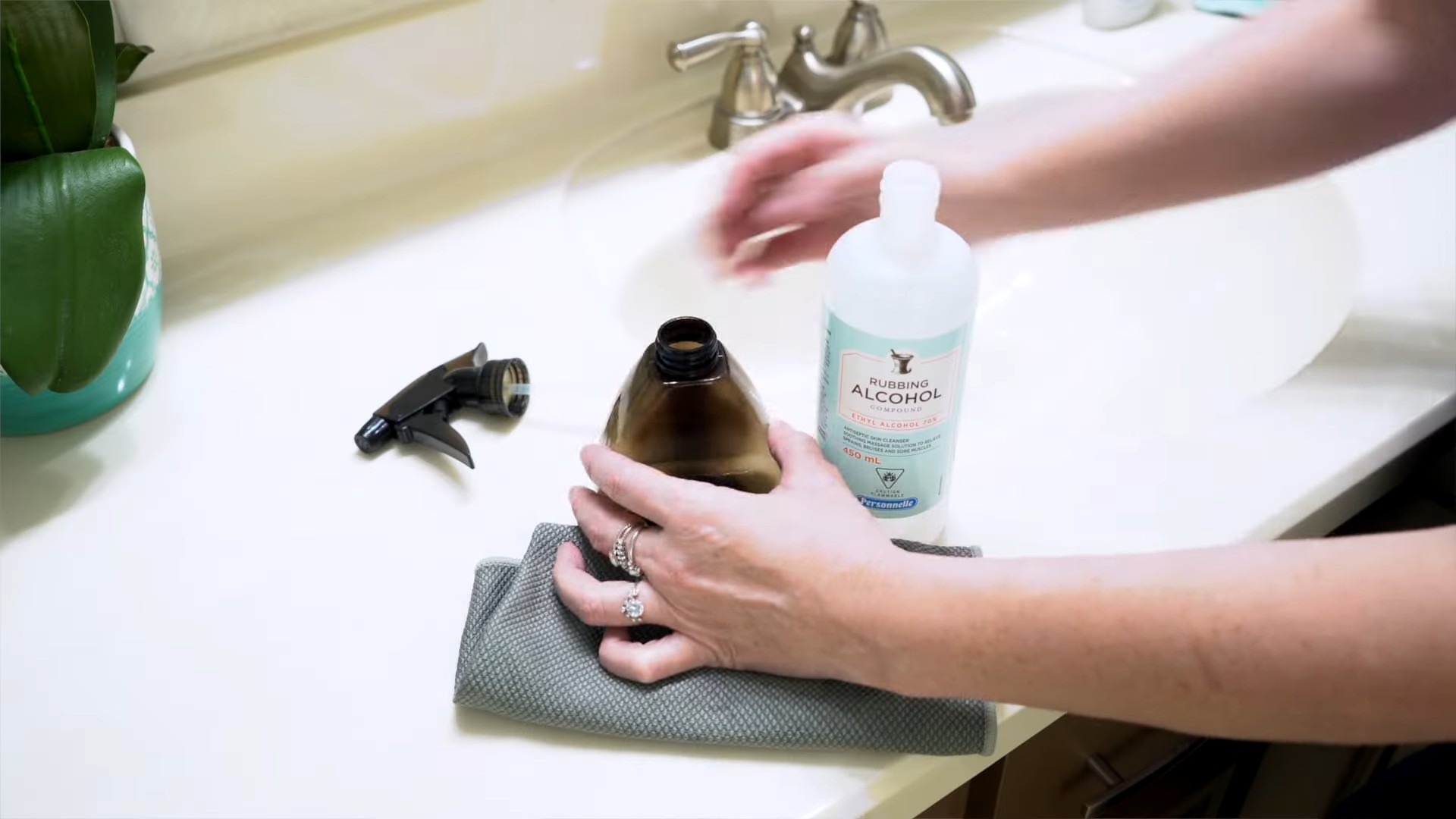
Unlocking the Cleaning Power of Rubbing Alcohol: Your Ultimate DIY Guide
Hey there, fellow DIY enthusiasts! I’m so excited to share some of my favorite cleaning hacks using rubbing alcohol. It’s a staple in my cleaning arsenal, and for good reason – it’s inexpensive, readily available, and incredibly versatile. Forget those harsh chemicals; rubbing alcohol is your new best friend for a sparkling clean home. Let’s dive in!
Why Rubbing Alcohol?
Before we get started, let’s quickly touch on why rubbing alcohol (also known as isopropyl alcohol) is such a cleaning superstar. It’s a fantastic disinfectant, effectively killing germs and bacteria. It also evaporates quickly, leaving surfaces streak-free and dry. Plus, it’s a solvent, meaning it can dissolve grease, grime, and sticky residues with ease.
General Safety Tips
Before we jump into the hacks, let’s cover some important safety precautions:
* Ventilation is Key: Always work in a well-ventilated area when using rubbing alcohol. Open windows or turn on a fan to ensure proper airflow.
* Avoid Contact with Eyes and Skin: Rubbing alcohol can be irritating. Wear gloves to protect your skin and avoid touching your eyes while working. If you do get it in your eyes, rinse immediately with plenty of water.
* Keep Away from Heat and Flames: Rubbing alcohol is flammable, so keep it away from open flames, sparks, and heat sources.
* Test in an Inconspicuous Area: Before applying rubbing alcohol to any surface, test it in a small, hidden area first to ensure it doesn’t damage or discolor the material.
* Keep Out of Reach of Children and Pets: Store rubbing alcohol in a safe place, out of reach of children and pets.
Cleaning Hacks with Rubbing Alcohol
Alright, now for the fun part! Here are some of my go-to cleaning hacks using rubbing alcohol:
1. Disinfecting Electronics
Our phones, tablets, and keyboards are breeding grounds for germs. Here’s how to safely disinfect them:
1. Gather Your Supplies: You’ll need rubbing alcohol (70% concentration is ideal), a microfiber cloth, and cotton swabs.
2. Power Down: Turn off your electronic device and unplug it from any power source.
3. Dampen the Cloth: Lightly dampen the microfiber cloth with rubbing alcohol. Do not saturate the cloth! You want it to be damp, not dripping.
4. Wipe Down Surfaces: Gently wipe down the screen, keyboard, and other surfaces of your device.
5. Use Cotton Swabs for Tight Spaces: Use a cotton swab dipped in rubbing alcohol to clean around buttons, ports, and other hard-to-reach areas.
6. Allow to Air Dry: Let the device air dry completely before turning it back on. This usually takes just a few minutes.
2. Streak-Free Window and Mirror Cleaning
Say goodbye to streaks and hello to sparkling windows and mirrors!
1. Mix Your Solution: Combine equal parts rubbing alcohol and water in a spray bottle. You can also add a few drops of dish soap for extra cleaning power.
2. Spray and Wipe: Spray the solution onto the window or mirror.
3. Wipe with a Microfiber Cloth: Wipe the surface with a clean, dry microfiber cloth. For best results, use a circular motion and then buff dry.
4. Enjoy the Shine: Admire your streak-free windows and mirrors!
3. Removing Permanent Marker
Oops! Did someone accidentally draw on your furniture or walls with a permanent marker? Don’t panic! Rubbing alcohol can come to the rescue.
1. Test First: As always, test the rubbing alcohol in an inconspicuous area first to make sure it doesn’t damage the surface.
2. Apply Rubbing Alcohol: Dampen a cotton ball or clean cloth with rubbing alcohol.
3. Gently Blot: Gently blot the marker stain with the alcohol-soaked cotton ball or cloth. Avoid rubbing, as this can spread the stain.
4. Repeat as Needed: Repeat the blotting process until the marker stain is gone. You may need to use a fresh cotton ball or cloth as it becomes saturated with ink.
5. Clean with Soap and Water: Once the marker stain is removed, clean the area with soap and water to remove any remaining alcohol residue.
4. Cleaning and Disinfecting Bathroom Fixtures
Keep your bathroom sparkling clean and germ-free with rubbing alcohol.
1. Spray and Wipe: Spray rubbing alcohol directly onto bathroom fixtures such as faucets, showerheads, and toilet handles.
2. Let it Sit: Allow the alcohol to sit for a few minutes to disinfect the surface.
3. Wipe Clean: Wipe the fixtures clean with a clean cloth or paper towel.
4. Tackle Soap Scum: For stubborn soap scum, you can mix rubbing alcohol with a bit of baking soda to create a paste. Apply the paste to the soap scum, let it sit for a few minutes, and then scrub with a sponge or brush.
5. Deodorizing Shoes
Stinky shoes? Rubbing alcohol to the rescue!
1. Spray the Inside: Spray the inside of your shoes with rubbing alcohol.
2. Let Them Air Dry: Allow the shoes to air dry completely. The alcohol will kill bacteria and eliminate odors.
3. Repeat as Needed: Repeat this process as needed to keep your shoes smelling fresh.
6. Cleaning Jewelry
Give your jewelry a sparkling makeover with rubbing alcohol.
1. Soak Your Jewelry: Place your jewelry in a small bowl filled with rubbing alcohol.
2. Let it Soak: Let the jewelry soak for about 10-15 minutes.
3. Scrub Gently: Use a soft-bristled brush (like an old toothbrush) to gently scrub the jewelry, paying attention to any crevices or hard-to-reach areas.
4. Rinse and Dry: Rinse the jewelry with water and dry it with a clean cloth.
7. Removing Stickers and Labels
Struggling to remove a stubborn sticker or label? Rubbing alcohol can help!
1. Apply Rubbing Alcohol: Saturate the sticker or label with rubbing alcohol.
2. Let it Soak: Let the alcohol soak for a few minutes to loosen the adhesive.
3. Peel Away: Gently peel away the sticker or label. If it’s still stuck, apply more rubbing alcohol and let it soak for a longer period of time.
4. Remove Residue: Use a clean cloth dampened with rubbing alcohol to remove any remaining adhesive residue.
8. Cleaning Stainless Steel Appliances
Keep your stainless steel appliances looking their best with rubbing alcohol.
1. Dampen a Cloth: Dampen a microfiber cloth with rubbing alcohol.
2. Wipe in the Direction of the Grain: Wipe the appliance in the direction of the grain of the stainless steel.
3. Buff Dry: Buff the surface dry with a clean, dry microfiber cloth. This will help to prevent streaks.
9. Removing Hairspray from Mirrors and Surfaces
Hairspray can leave a sticky residue on mirrors and other surfaces. Rubbing alcohol can easily remove it.
1. Spray and Wipe: Spray rubbing alcohol directly onto the hairspray residue.
2. Let it Sit: Let the alcohol sit for a few seconds to dissolve the residue.
3. Wipe Clean: Wipe the surface clean with a clean cloth or paper towel.
10. Cleaning Makeup Brushes
Keep your makeup brushes clean and hygienic with rubbing alcohol.
1. Dip the Bristles: Pour some rubbing alcohol into a small cup. Dip the bristles of your makeup brush into the alcohol.
2. Swirl and Clean: Swirl the brush around in the alcohol to remove makeup residue.
3. Rinse and Dry: Rinse the brush with water and allow it to air dry completely.
Troubleshooting Tips
* If the rubbing alcohol is not working: Make sure you are using a high enough concentration (70% or higher is recommended). You may also need to let the alcohol sit for a longer period of time to dissolve stubborn stains or residues.
* If the rubbing alcohol is damaging a surface: Stop using it immediately and try a different cleaning method. Always test in an inconspicuous area first!
* If you are experiencing skin irritation: Wear gloves when using rubbing alcohol and avoid prolonged contact with your skin.
Final Thoughts
I hope these rubbing alcohol cleaning hacks have inspired you to ditch the harsh chemicals and embrace the power of this versatile cleaning agent. With a little bit of rubbing alcohol and some elbow grease, you can keep your home sparkling clean and germ-free. Happy cleaning!
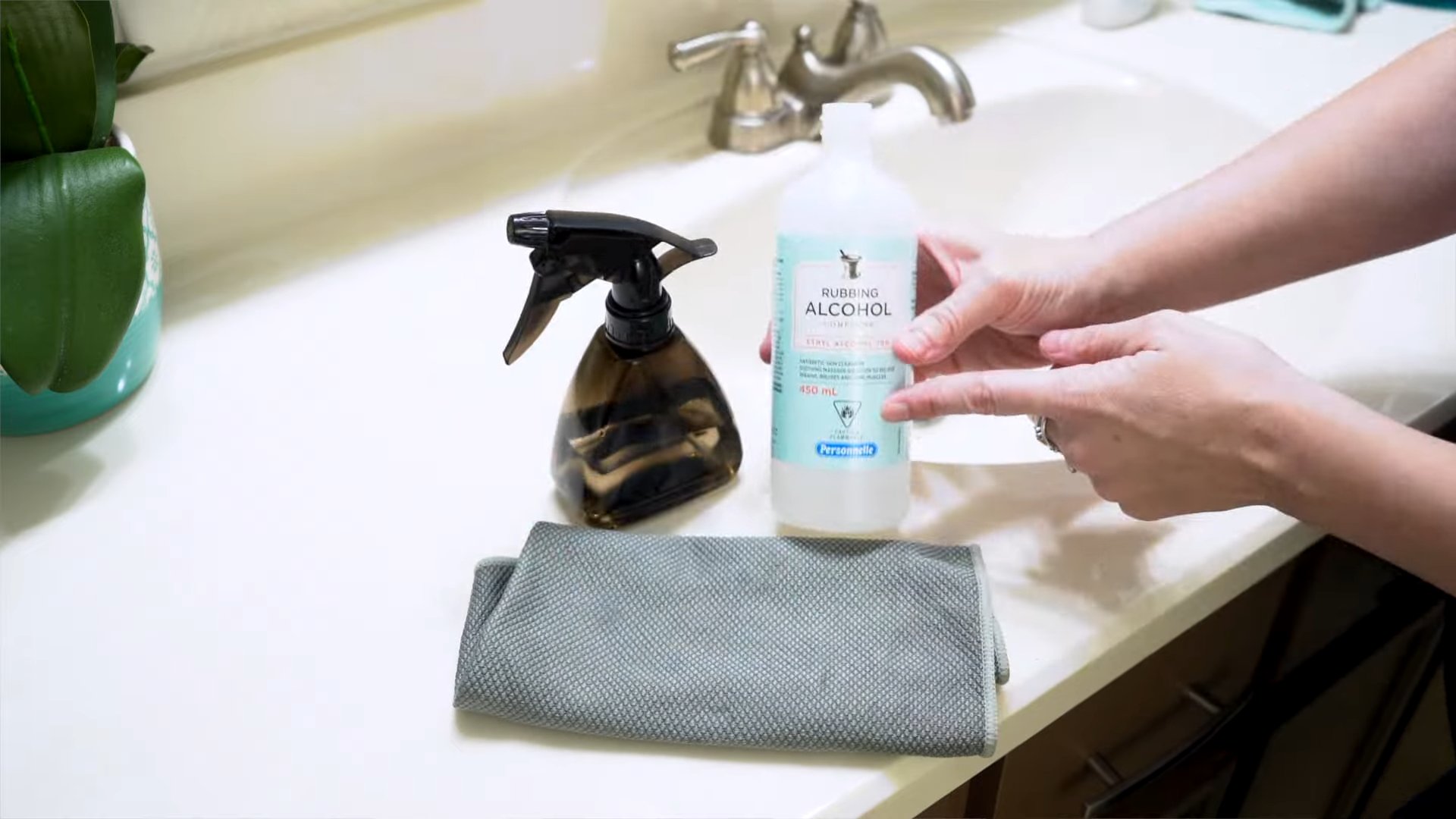
Conclusion
So, there you have it! Rubbing alcohol cleaning hacks are not just a trend; they are a game-changer for a cleaner, fresher, and healthier home. We’ve explored a range of applications, from banishing stubborn stains to disinfecting surfaces with remarkable efficiency. The versatility of rubbing alcohol makes it an indispensable tool in your cleaning arsenal, offering a cost-effective and surprisingly powerful alternative to many commercial cleaning products.
But why is this DIY approach a must-try? Simply put, it’s about effectiveness, affordability, and a touch of empowerment. You’re taking control of your cleaning routine, using a readily available ingredient to achieve professional-level results. Think about the satisfaction of removing a permanent marker stain that you thought was there forever, or the peace of mind knowing that your kitchen counters are truly disinfected after preparing a meal. These are the small victories that make a big difference in your daily life.
Beyond the basics, there’s room for experimentation and personalization. For instance, if you’re using rubbing alcohol to clean glass, try adding a few drops of white vinegar for an extra streak-free shine. For a more pleasant scent, infuse your rubbing alcohol solution with a few drops of your favorite essential oil, like lavender or lemon. Just be sure to test any new mixture on an inconspicuous area first to ensure it doesn’t damage the surface.
Consider these variations:
* Rubbing Alcohol and Water Solution for General Cleaning: A simple 50/50 mix is perfect for wiping down surfaces, disinfecting doorknobs, and cleaning electronics.
* Rubbing Alcohol and Vinegar for Glass and Mirrors: Add a tablespoon of white vinegar to a spray bottle filled with rubbing alcohol and water for a powerful glass cleaner.
* Rubbing Alcohol and Essential Oils for a Disinfecting Air Freshener: Mix rubbing alcohol with a few drops of your favorite essential oil in a spray bottle for a refreshing and disinfecting air freshener.
* Rubbing Alcohol and Baking Soda Paste for Stubborn Stains: Create a paste of rubbing alcohol and baking soda to tackle tough stains on clothing or upholstery.
The possibilities are truly endless. The key is to start with small tests, observe the results, and adjust the ratios to suit your specific needs.
We wholeheartedly encourage you to embrace these rubbing alcohol cleaning hacks and discover the transformative power of this simple ingredient. Don’t just take our word for it – try it out for yourself! We’re confident that you’ll be amazed by the results.
And most importantly, we want to hear about your experiences! Share your successes, your challenges, and your unique variations in the comments below. Let’s create a community of cleaning enthusiasts who are passionate about finding innovative and effective solutions for a cleaner, healthier home. Your insights could inspire others to try these hacks and unlock the full potential of rubbing alcohol in their own cleaning routines. So, go ahead, give it a try, and let us know what you think! We can’t wait to hear from you.
Frequently Asked Questions (FAQ)
Is rubbing alcohol safe to use on all surfaces?
While rubbing alcohol is generally safe for many surfaces, it’s crucial to exercise caution and test it on an inconspicuous area first. Avoid using it on delicate or porous materials like painted wood, shellacked surfaces, or certain types of plastic, as it can potentially cause damage or discoloration. Always dilute rubbing alcohol with water, especially when cleaning sensitive surfaces. For electronics, always ensure the device is turned off and unplugged before cleaning, and use a microfiber cloth dampened with a diluted rubbing alcohol solution.
What concentration of rubbing alcohol is best for cleaning and disinfecting?
The Centers for Disease Control and Prevention (CDC) recommends using rubbing alcohol with a concentration of 70% or higher for effective disinfection. This concentration is optimal because it allows the alcohol to penetrate the cell walls of bacteria and viruses, effectively killing them. Lower concentrations may not be as effective at killing germs. Always check the label of your rubbing alcohol to ensure it meets the recommended concentration for disinfection purposes.
Can I use rubbing alcohol to clean my phone or other electronic devices?
Yes, you can use rubbing alcohol to clean your phone and other electronic devices, but it’s essential to do so carefully. Always turn off the device and unplug it from any power source. Use a microfiber cloth dampened with a diluted rubbing alcohol solution (70% or higher is recommended). Avoid spraying the alcohol directly onto the device, as this could damage the internal components. Gently wipe the screen and exterior surfaces with the damp cloth, and then dry them with a clean, dry microfiber cloth.
Is it safe to mix rubbing alcohol with other cleaning products?
No, it is generally not safe to mix rubbing alcohol with other cleaning products, especially bleach. Mixing rubbing alcohol with bleach can create toxic fumes that can be harmful to your health. Always use rubbing alcohol on its own or in combination with water or other safe ingredients like vinegar or essential oils. When in doubt, consult the safety data sheet (SDS) for each cleaning product to ensure compatibility.
How should I store rubbing alcohol safely?
Rubbing alcohol is flammable and should be stored in a cool, dry place away from heat, sparks, and open flames. Keep it out of reach of children and pets. Store it in its original container or a tightly sealed container to prevent evaporation and spills. Avoid storing it near other flammable materials or chemicals.
Can rubbing alcohol remove permanent marker stains?
Yes, rubbing alcohol can be effective at removing permanent marker stains from various surfaces. Apply rubbing alcohol directly to the stain and blot it with a clean cloth. Repeat as needed until the stain is removed. For stubborn stains, you may need to let the rubbing alcohol sit on the stain for a few minutes before blotting. Always test the rubbing alcohol on an inconspicuous area first to ensure it doesn’t damage the surface.
What are some common mistakes to avoid when using rubbing alcohol for cleaning?
Some common mistakes to avoid include using rubbing alcohol on sensitive surfaces without testing it first, mixing it with other cleaning products, using it in poorly ventilated areas, and storing it improperly. Always read the label and follow the instructions carefully. Use rubbing alcohol in a well-ventilated area to avoid inhaling the fumes. And always keep it out of reach of children and pets.
Can I use rubbing alcohol to clean my eyeglasses?
Yes, rubbing alcohol can be used to clean eyeglasses. Use a diluted solution of rubbing alcohol and water (50/50) and a clean microfiber cloth. Avoid using paper towels or other abrasive materials, as they can scratch the lenses. Gently wipe the lenses with the damp cloth and then dry them with a clean, dry microfiber cloth.
How can I make a DIY hand sanitizer using rubbing alcohol?
To make a DIY hand sanitizer, you will need rubbing alcohol (at least 70% concentration), aloe vera gel, and optionally, a few drops of essential oil for fragrance. Mix 2 parts rubbing alcohol with 1 part aloe vera gel. Add a few drops of essential oil, if desired. Mix well and store in a clean, airtight container. Remember that this is not a substitute for thorough handwashing with soap and water.
Is rubbing alcohol environmentally friendly?
Rubbing alcohol is considered relatively environmentally friendly compared to some other cleaning products, as it breaks down quickly in the environment. However, it’s still important to use it responsibly and avoid excessive use. Dispose of any unused rubbing alcohol properly according to local regulations. Consider using more sustainable cleaning alternatives whenever possible.

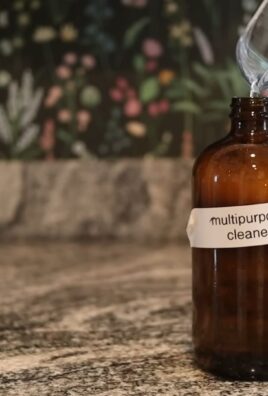
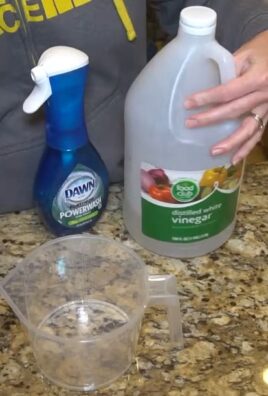
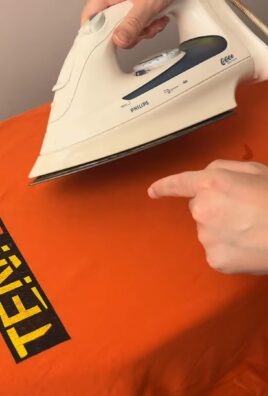
Leave a Comment